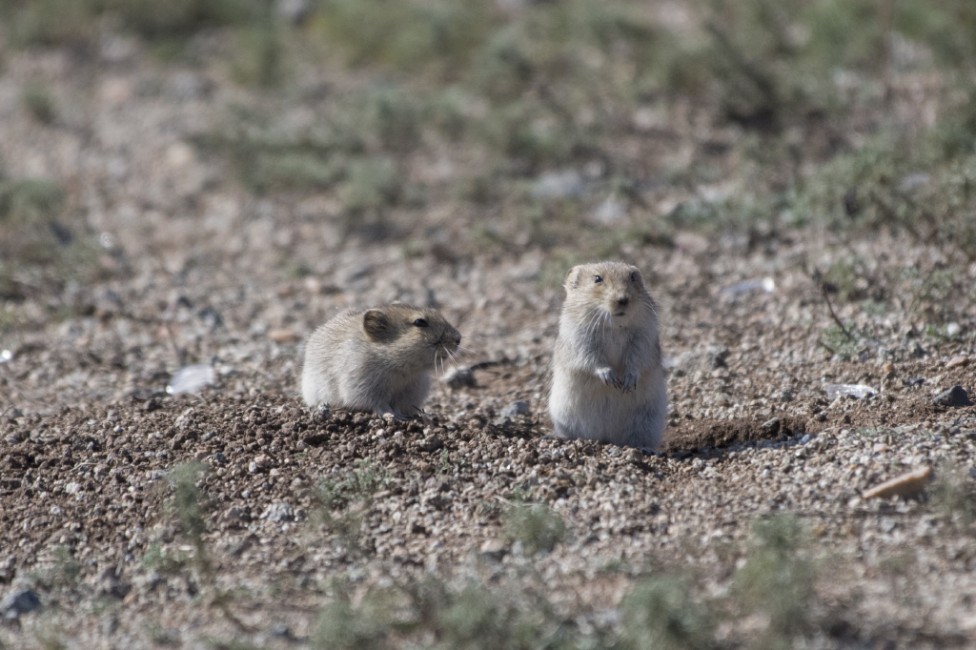
October 24, 2016
The Empire of Lilliput
- as seen by -
 Peter Zahler
Peter Zahler
On the Mongolian steppe – a land where the vegetation rarely gets more than a few inches tall – not surprisingly a lot of the action tends to happen down near ground level.
If you’re willing to move slowly and look down and away from the landscape’s seemingly endless horizon, you’ll start to notice an incredible ecosystem not just thriving but positively bustling at your feet. Marmots, steppe pikas, hedgehogs, gerbils, jerboas, ground squirrels, steppe ferrets, badgers, and Pallas cats are just a few of the burrow-dwelling denizens of the steppe that are all around (or under) you as you move across this grass-covered sea.
This simultaneously unassuming yet spectacular biodiversity may be best represented by the little Brandt’s vole. This tiny rodent lives in colonies that every few years erupt in a stunning population explosion. Some subtle combination of weather, plant growth, and timing result in massive numbers of voles spreading across the landscape. A similarly subtle combination of events – inclement weather, predation, and starvation – quickly decimates this eruption and by the following year only a few vole colonies can be found.
Not surprisingly, the human reaction to these cyclic population explosions has been to poison the voles in an attempt to ‘save’ the grassland for livestock. There are three problems with this.
The first is that poison was administered during the peak of the population explosion, after it was noticed and resources were rallied – but much too late to influence the increase, and in fact, just at the point where natural influences would result in a rapid decline. So the poison’s impact was next to useless.
The second problem is that spreading poison across the steppe has been shown to kill a lot of things besides voles – other rodents, foxes, Pallas cats, cranes, livestock – even small children.
The third problem is that researchers have proven that while the short-term population increase in Brandt’s voles can briefly denude sections of grasslands, those grasslands are adapted to this pattern and quickly return to normal.
However, the researchers also found out that rather than damaging the steppe, Brandt’s voles are actually indicators of already damaged steppe. These little voles hate tall grass – they can’t see each other or predators in those conditions. Badly overgrazed grasslands, on the other hand, are perfect vole habitat.
So it turns out that the best way to manage Brandt’s voles is also the safest, and what’s more is the key to protecting this fragile grassland environment for humans, livestock, and wildlife alike – avoid overgrazing and just let the grass grow.
EDITOR’S NOTE: See more of Mongolia’s Eastern Steppe at wcs.org.
Nikon D5
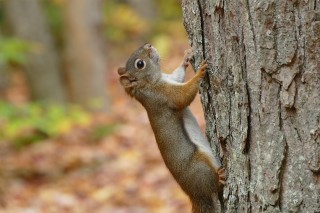
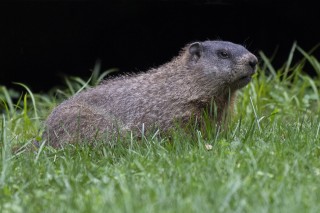
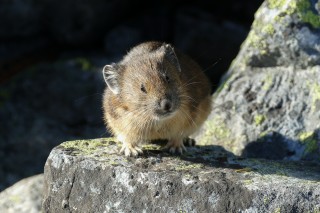
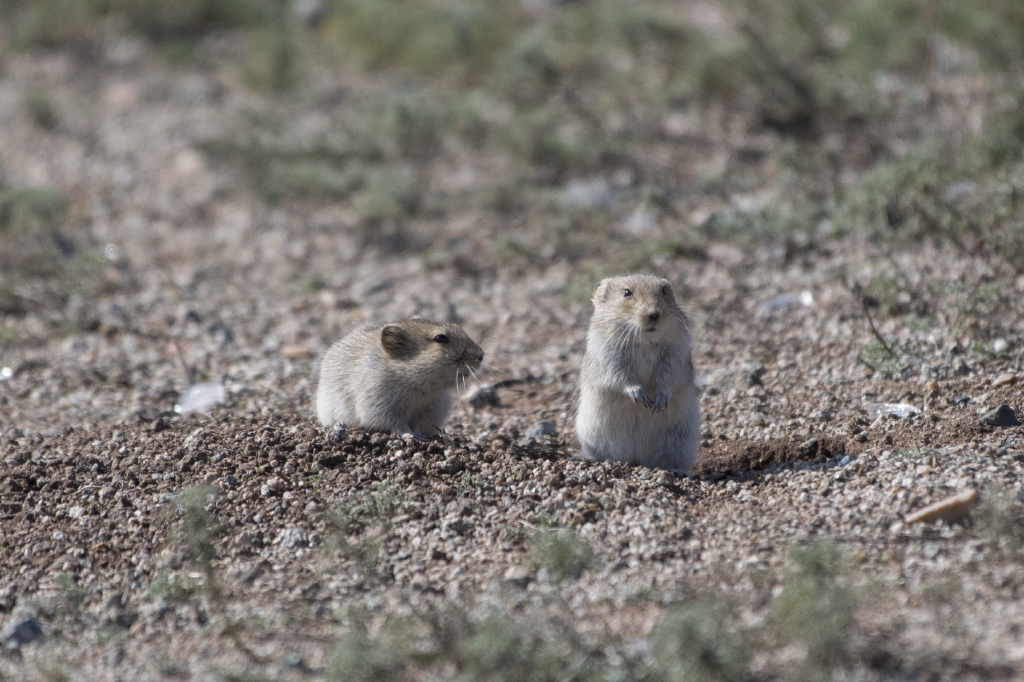
Leave a Comment
Jan Zahler
October 24, 2016 at 12:14 pm
The work you do is marvelous and i hope your counsel reaches the folks in the countries where you are trying to educate them.
Phil Sicker
October 24, 2016 at 5:00 pm
Small mammals don’t get enough credit for being the backbone of our ecosystems. Kudos to the author for capturing their importance!
Stefan Michel
October 24, 2016 at 7:08 pm
Thank you Peter, this is eye-opening! Although Brandt’s vole was a study object of our university, we students were not taught these essential ecological facts. I hope you get them to the decision makers in Mongolia. It is the same problem like the pika eradication in China and the gerbil eradication in some Central Asian regions.